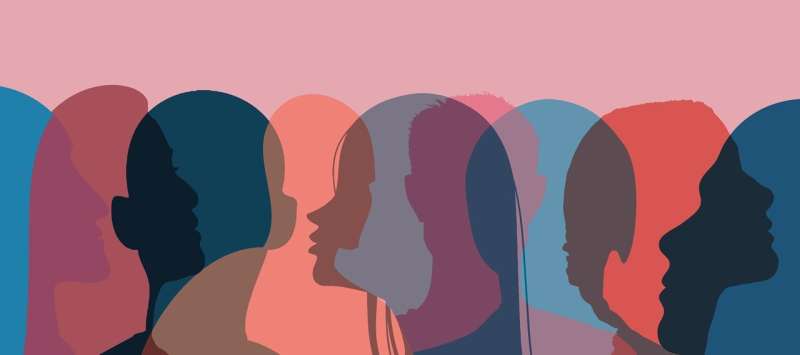Native Americans Face Negative Impact from Federal Health Cuts Despite Promises from RFK Jr.

Native American communities are experiencing setbacks in health care due to federal funding cuts, despite promises from RFK Jr. to prioritize Native health initiatives. Learn more about these ongoing challenges and the U.S. government's commitments.
In a recent visit to the Navajo Nation, U.S. Health and Human Services Secretary Robert F. Kennedy Jr. engaged with tribal leaders amid ongoing concerns about federal health program reductions. The Navajo Nation, comprising around 400,000 members, faces significant challenges due to decreased funding and staffing cuts that hinder access to essential health services. Tribal President Buu Nygren highlighted issues such as outdated health facilities and delayed projects for basic needs like water access, emphasizing that federal funding was critical for improvement. While Kennedy acknowledged the efforts to protect the Indian Health Service (IHS) from staffing layoffs, Navajo leaders and other tribal officials expressed disappointment over cuts extending beyond IHS, affecting related programs and tribal health initiatives.
The cuts have resulted in diminished funding for various federal programs that tribal communities depend on, including grants for community health workers, vaccination programs, and data modernization efforts. Many tribal health organizations have reported that reduced staffing compromises their ability to deliver effective health care, especially in rural and underserved areas. The reduction in support also hampers critical initiatives aimed at addressing chronic diseases, substance abuse, and preventing overdoses.
Tribal leaders criticized the lack of meaningful consultation prior to implementing these cuts, which some believe violate treaty obligations made by the U.S. government to ensure Native American health and welfare. Concerns are also mounting over potential future cuts, including proposals to reduce funding for Medicaid, which is vital for nearly 30% of Native Americans under 65. The energy assistance program has also been threatened, further risking the health and safety of tribal residents facing extreme cold.
Kennedy, citing his personal and family history with Native communities, assured that his department aims to prioritize culturally relevant, community-driven health solutions. However, critics argue that recent actions and proposed policies are undermining progress and worsening health disparities among Native Americans.
As tribal leaders continue to advocate for more transparent consultation and sustained funding, the broader concern remains about honoring treaty commitments and ensuring equitable access to high-quality healthcare for Native populations.
Source: https://medicalxpress.com/news/2025-06-native-americans-federal-health-rfk.html
Stay Updated with Mia's Feed
Get the latest health & wellness insights delivered straight to your inbox.
Related Articles
New Non-Opioid Painkiller Shows Promise in Outperforming Traditional Opioids
A groundbreaking non-opioid drug developed at Duke University shows potential to provide powerful pain relief without the addictive side effects associated with traditional opioids. Preclinical studies reveal SBI-810's promising performance in managing acute and chronic pain safely.
Brazilian Experts Raise Alarm Over Threats to Transgender Healthcare Rights
Brazil faces significant setbacks in transgender healthcare as new regulations restrict treatments for youth, risking increased mental health issues and human rights violations. Experts call for evidence-based policies to protect vulnerable populations.
Maternal Mortality During or After Pregnancy Significantly Affects Infant Health Outcomes
Maternal health during pregnancy significantly influences infant survival and hospitalization risks. New research shows increased infant mortality linked to maternal death and severe illnesses postpartum, emphasizing the need for stronger maternal healthcare policies.
US West Nile Virus Cases Rise, Yet Public Concern Remains Low
Despite increasing West Nile virus cases across the US, public concern remains low. A recent survey highlights gaps in knowledge about transmission, symptoms, and prevention. Learn more about the current situation and how to protect yourself.



